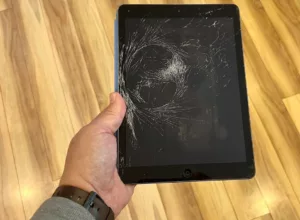
What To Do If The Refrigerator Leaks Water?
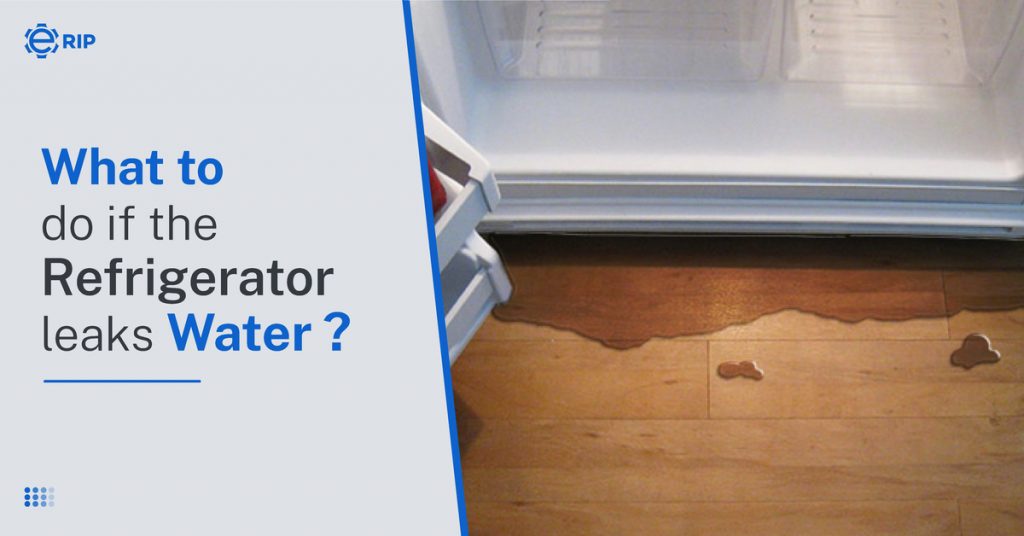
You can’t overlook a leaking refrigerator because any possible water damage will increase the cost of floor repairs and other expenses. Fortunately, if you know where to look, identifying a leaking refrigerator is simple. The solution might be as straightforward as levelling a refrigerator or clearing congested pipes. Simply learn how to access those lines.
Here are a few explanations about what you can do to solve the issue. You can save a lot of money using these straightforward fixes. No need to purchase a tonne of new tools either, as the majority of these solutions don’t even call for any. You will need the following to attempt to solve the refrigerator leaks on your own.
1. Damaged Drain Pan
The water that a refrigerator leaks is designed to collect in a container underneath the appliance so that it can properly evaporate without wetting your floor. Despite the rarity of this pan developing holes or cracks, this can be a reason for a water leak. Here’s how to detect this issue and resolve it.
- From the refrigerator’s bottom front, remove the grille or kick plate.
- Find the sizable, flat pan that is resting in the refrigerator’s base.
- Pull the pan out slowly, checking it for damage, and keeping in mind that it can contain water.
- Visit the manufacturer’s website or take the broken pan with you to the hardware store to get a replacement.
Subscribe to Erip
Get the latest technology news, reviews, and opinions on tech products right into your inbox
2. Verify The Water Supply Line
Water supply lines and/or inlet valves that are leaking are the cause of refrigerator leaks. If you notice poor ice making or a weak flow from your water dispenser, check your water supply line. Unplug the refrigerator and find a location to store your perishables before continuing.
Look for the plastic hose connecting your ice maker and water filter when you pull your refrigerator away from the walls. Replace the hose if water is dripping from it because that is where the leak is coming from. Before replacing the hose if you decide to do it yourself, switch off the water supply.
3. Uneven Refrigerator
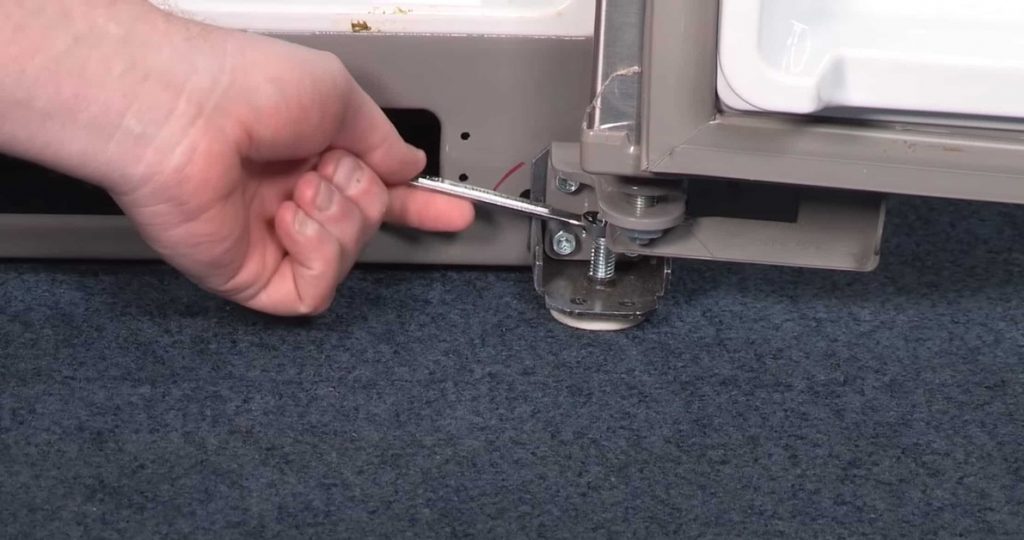
Get a level first to see how level the refrigerator actually is. Instead of a drawer or shelf, place the level directly on the refrigerator’s floor. If the level indicates that the fridge is not level, you might need to adjust the legs. To move the refrigerator and adjust the legs, you might need assistance.
4. Defrost Drain Blocked
There is a hole that lets damp air out of the freezer compartment at the bottom back wall. The fridge condenser coils will have to work extra hard and begin to leak water if this drain becomes blocked, whether by a stack of things in the freezer or debris clogging the line. Here’s how to detect and fix this issue.
- Find the defrost drain and take off any frozen foods that are hiding it. Wait a day to see whether clearing a passage from the drain to the ceiling resolves the issue.
- If puddles persist, empty the freezer, disconnect it, and take off the defrost drain lid.
- Warm water from a turkey baster should be poured down the drain. You can plug the fridge back in to use it once any blockages in the line have been cleared. Over the next few days, you might have to manually clear the drain pan.
- The clog can still be there if no additional water flows from the defrost drain from step 4 after that. Pull the refrigerator away from the wall, unplug it, and manually inspect the drain line. This line connects the bottom of the refrigerator to the freezer. Use a bottle brush or pipe cleaner to clear it.
Check out Erip for repair and maintenance of your refrigerator.
5. Evaporator Fan Motor
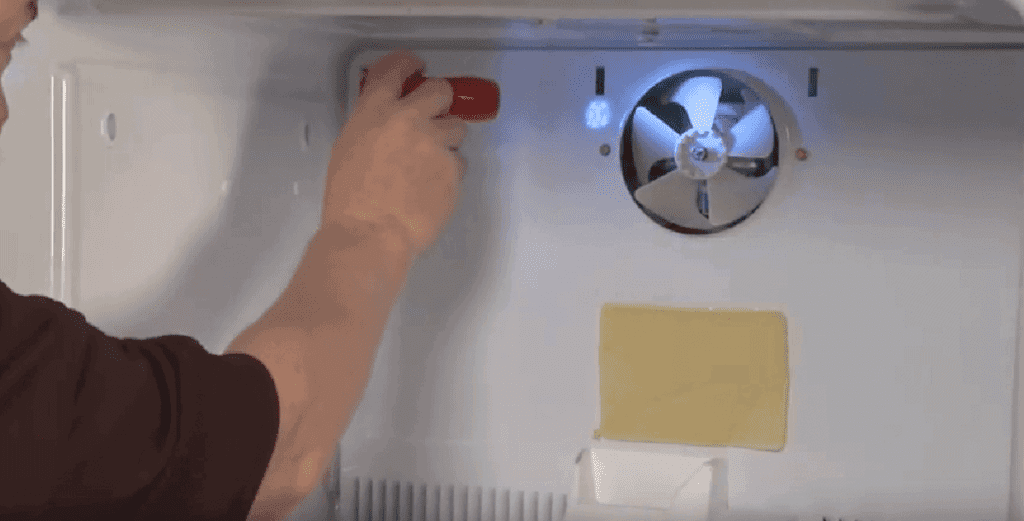
A malfunctioning evaporator fan motor can keep a freezer from becoming cold enough, which could lead to the development of refrigerator leaks. Typically, the freezer is where you will find the evaporator fan motor. It is readily blocked by detritus that accumulates behind it or by a clump of dust bunnies.
When that takes place, condensation may develop on the coils and cause water to start dripping onto the floor. With a long brush, the coils can be cleaned.
Related News

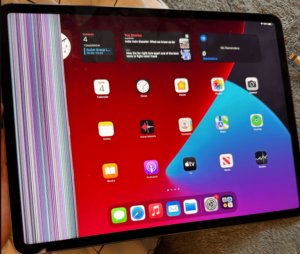
iPad mini 5 front glass replacement in India

iPad 7 th generation front glass replacement in India
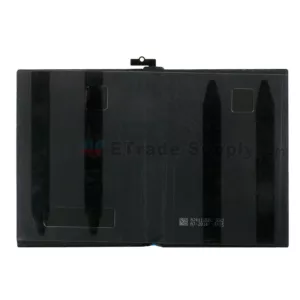
iPad 7th Generation Screen Replacement in India
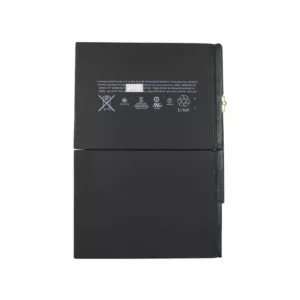
iPad 8 th generation Battery replacement in India
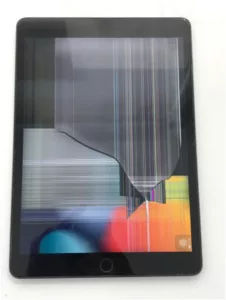
iPad 6th Generation Screen Replacement in India

iPhone 14 Back Glass Replacement in India

iPhone’s Genuine Apple Display Warning Message

Apple Non-Genuine Battery Warning Messages
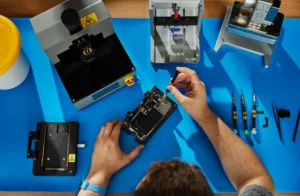
How to know when it is time to replace your iPhone battery?
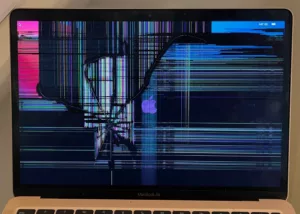
MacBook Air M1 Display Price in India
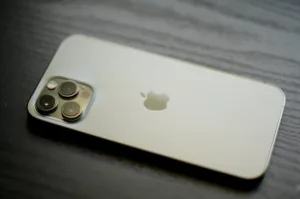
iPhone 12 pro back glass replacement in Bangalore, India
Never miss any important news. Subscribe to our newsletter.
Recent News
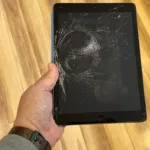
iPad mini 5 screen replacement in India
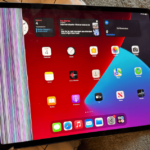
iPad mini 5 front glass replacement in India

iPad 7 th generation front glass replacement in India

iPad 7th Generation Screen Replacement in India
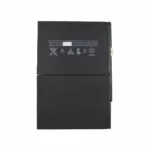
iPad 8 th generation Battery replacement in India


